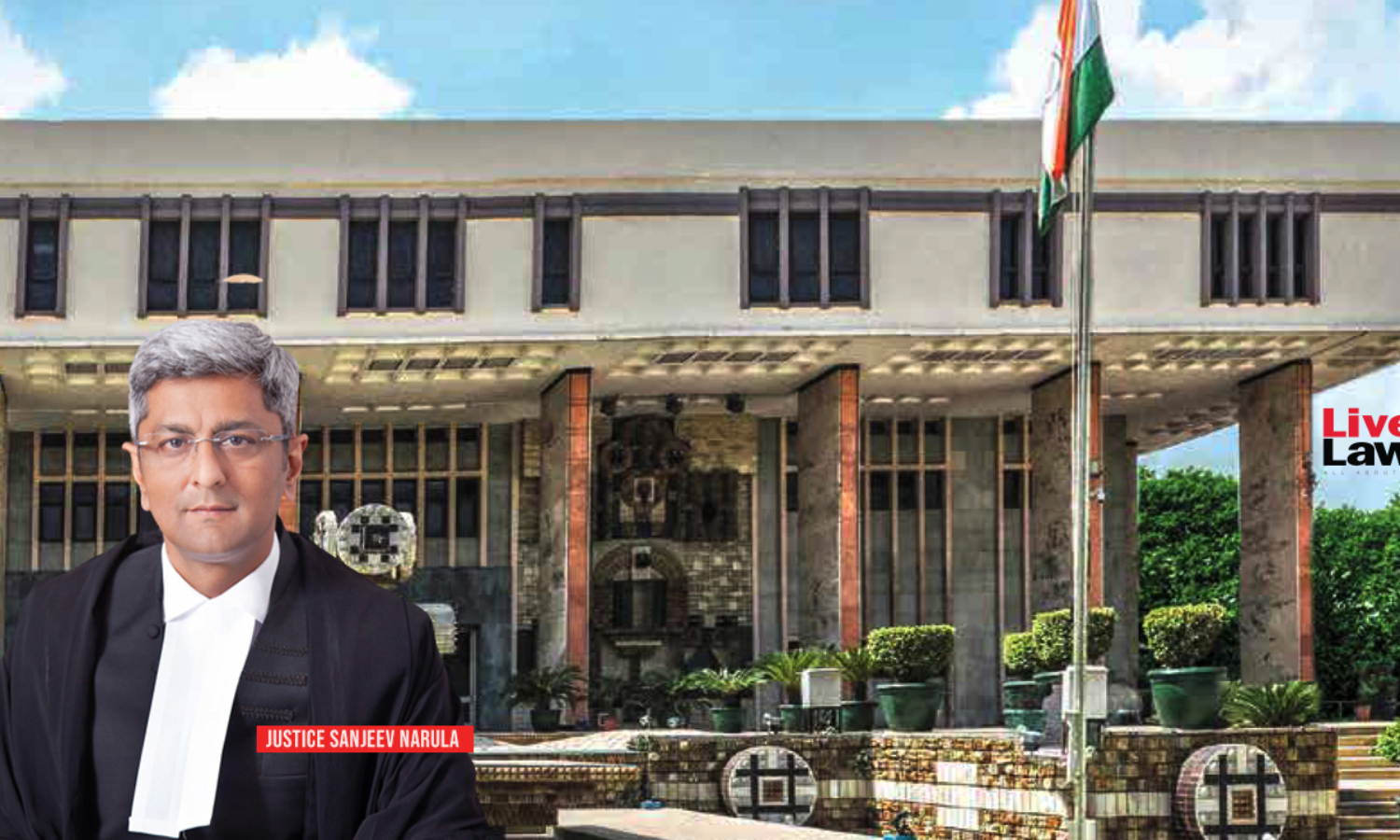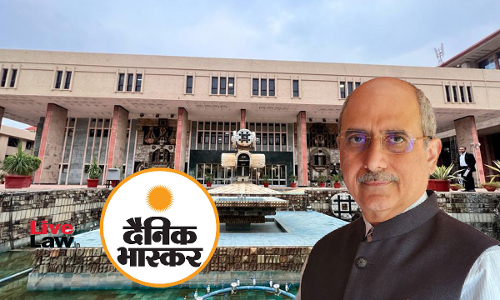Invention Shouldn't Be Deemed ‘Computer Program Per Se’ Only Due To Algorithms & Computer-Executable Instructions: Delhi High Court To Patent Office

The Delhi High Court has observed that an invention should not be deemed as a “computer program per se” under the Patents Act merely because it involves algorithms and computer-executable instructions but the decision should be based on the technical advancements it offers and its practical application in solving real-world problems.Justice Sanjeev Narula said that it is essential for...
The Delhi High Court has observed that an invention should not be deemed as a “computer program per se” under the Patents Act merely because it involves algorithms and computer-executable instructions but the decision should be based on the technical advancements it offers and its practical application in solving real-world problems.
Justice Sanjeev Narula said that it is essential for the Indian Patent Office to adopt a more comprehensive approach when assessing computer-related inventions by taking into account technical effects and contributions provided by the invention, rather than solely focusing on implementation of algorithms and computer-executable instructions.
“An invention should not be deemed a computer program per se merely because it involves algorithms and computer-executable instructions; rather, it should be assessed based on the technical advancements it offers and its practical application in solving real-world problems,” the court said.
It added that a more thorough and accurate assessment of the invention’s eligibility for patent protection should be conducted to ensure that deserving inventions are granted the protection they merit under the Patents Act.
Justice Narula made the observations while allowing an appeal moved by Microsoft Technology Licensing LLC challenging an order passed by the Controller of Patents rejecting its application for grant of patent in respect of “methods and systems for authentication of a user for sub locations of a network location.”
The controller found the invention to be non-patentable under Section 3(k) of the Patents Act as well as having other unmet requirements under the legislation.
The court quashed the impugned order and said that the patent in question did not fall within the excluded categories. Remanding the matter back to the Controller for further action, the court directed that Microsoft’s patent application shall be re-examined on objections regarding lack of novelty and inventive step.
“While carrying out such determination, the Patent Office shall take into consideration the above observations, the judicial precedents, including the guidelines which have been issued for examination of CRIs. Considering the fact that the term of the patent would be ending in November 2023, it is directed that the decision on the subject patent shall be taken within one (01) month from today, after granting a hearing to Microsoft,” the court said.
Justice Narula further said that the claimed invention offers a “novel and inventive technical solution” to a security problem related to the authentication of users for accessing sub-locations within a network location and that it not only provides for a two-tier authentication process but also improves user experience, which is vital in the field of computer networks.
Observing that it would be incorrect to exclude the invention on the basis that it is limited to user-interface, the court said:
“The technical aspects of the invention are closer to the heart of computer and network technology, rather than user-interface. Furthermore, the fact that the invention improves the user experience does not necessarily mean that it is limited to the user-interface. User experience is undoubtedly an important aspect of any technology, and improvements in this area result from technical advancements at various levels in the computer architecture. The subject patent significantly enhances user experience; however, this improvement is a result of the technical solution it provides at a deeper level within the network.”
The court also said that the Controller had erred in summarily rejecting Microsoft’s application by stating that it entailed a set of algorithms to execute instructions in a pre-defined sequential manner.
“The interpretation of “per se” under Section 3(k) of the Act has been entirely overlooked by the Controller. The subject patent provides a technique for authenticating a user for accessing one or more sub-locations of a network location, involving the use of two different cookies,” the court added.
Noting that the field of computer-related inventions is dynamic and new technologies may present unique challenges in determining their technical effect and contributions, the court said that creating signposts and their periodical updation on the basis of judgments would help examiners effectively adapt to the changes and ensure that the patent system remains relevant and capable of accommodating novel and inventive technologies.
“Besides, it would also ensure alignment with practices adopted in several jurisdictions such as EPO, USPTO, etc. In fact, signposts laid down by the EPO provide a well-established and structured framework for assessing patentability of CRIs. Therefore, keeping in mind the Indian legal framework, the Patent Office/ CGPDTM should also frame signposts. The CGPDTM is therefore, instructed to examine this issue and take appropriate action thereon, expeditiously,” the court ordered.
Title: MICROSOFT TECHNOLOGY LICENSING, LLC v. THE ASSISTANT CONTROLLER OF PATENTS AND DESIGNS
Citation: 2023 LiveLaw (Del) 402


![[Delhi Riots] Not Part Of Conspiracy Meetings, No Recovery: Meeran Haider Argues For Bail In High Court [Delhi Riots] Not Part Of Conspiracy Meetings, No Recovery: Meeran Haider Argues For Bail In High Court](https://www.livelaw.in/h-upload/2022/05/20/500x300_418512-meeran-haider-and-delhi-hc.jpg)

